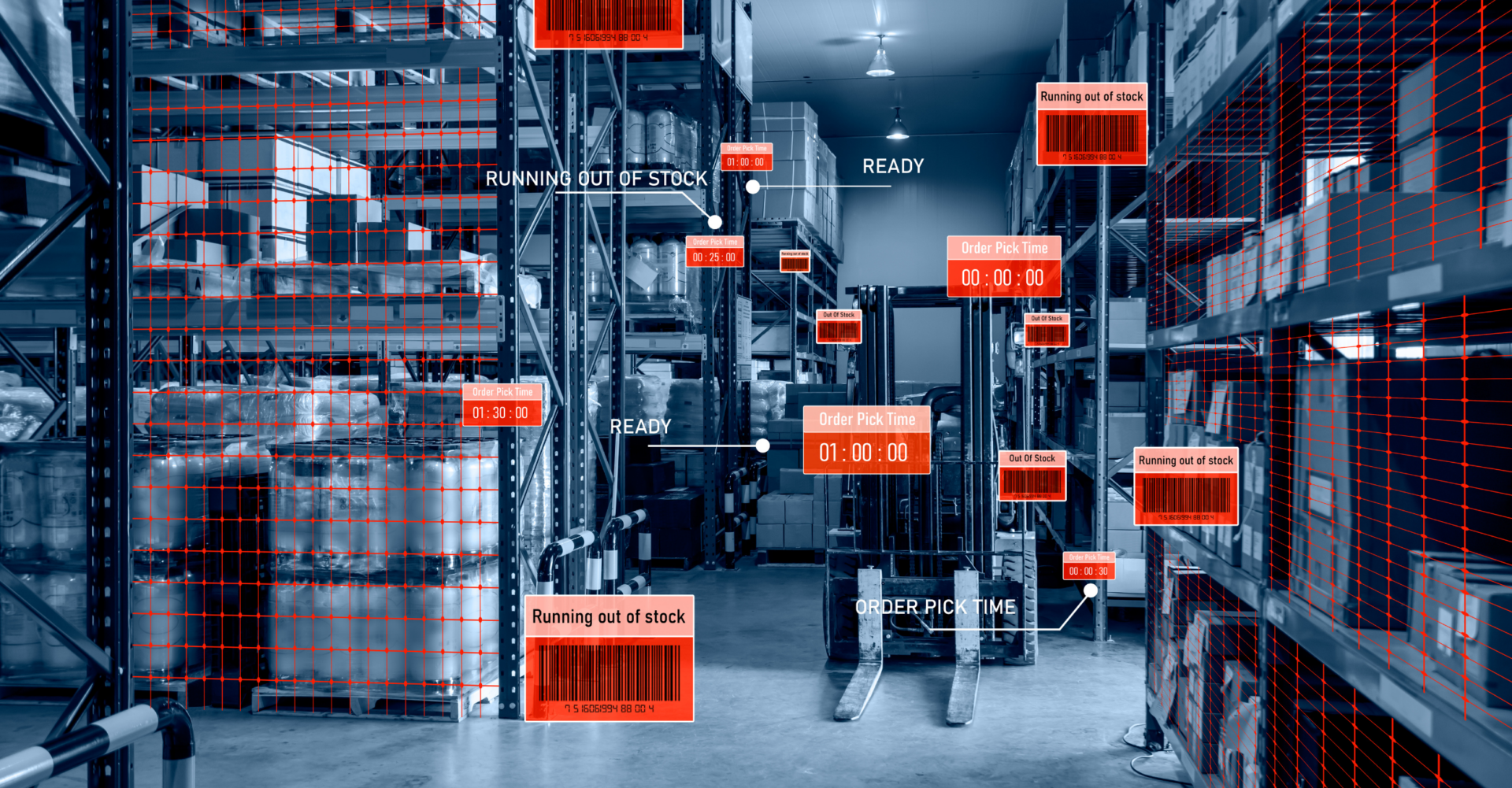
Reduce Overhead
You may have heard of virtualization or “virtual” machines, but do you know what virtualization really means and how it can help you reduce your expenditure? Below, we take a look at virtualization and show you why it goes a long way to reducing your overhead expenditures and overall IT costs.
What is virtualization?
Put simply, virtualization lets you run multiple machines, processes, and operating systems at the one time through a single server. It works by creating “virtual” machines that mimic “real” machines without draining the underlying hardware resources. Sound complicated? Don’t worry, it’s not.
Basically, what happens is:
- Virtual machine software is installed onto a computer
- Through this software, other programs and operating systems are installed onto your computer – meaning, you can be running two or more operating systems all at the same time
What’s so great about virtualization is that the altered machine performs all the same tasks it could in a “real” rather than “virtual” operating environment. The difference is that a virtual environment saves you time, money, and resources than running multiple machines.
Most virtual machines let you install whatever operating system you want, from Windows to Chrome OS; and, even if there’s a flaw in one system, the other systems should work just fine.
Why, though, does a business benefit from introducing virtualization into its infrastructure? There are numerous reasons, but here are our top five.
5 ways to reduce your overhead expenditure through virtualization
So long as you have around 30 GB storage capacity per user, here’s how virtualization reduces your overall overheads.
Energy savings
Never underestimate the cost of electricity and power when it comes to running a complex IT infrastructure. Electrical costs are a significant component of any overhead expenditure budget, and consolidating servers using virtual machines can reduce your energy costs by anything up to a staggering 40-80%.
Space
Having fewer servers helps you get more out of your office space. A reduction in physical server hardware means you can either reduce the floor space you need or fill it with other equipment that’s essential to your business operations. Either way, going virtual reduces your overall physical space requirements.
Reduced deployment time
In business, time is money. That’s why a goal is to reduce the time spent on non-income-generating tasks, such as installing new operating systems onto various machines. Virtual machines drastically reduce the time it takes to install and launch operating systems, meaning you’re up and running again with a fraction of the downtime.
Physical server costs reduced
Virtual servers don’t just free up floor space – they free up your budget, too. Virtualized applications run on communal servers equipped with virtual machine management programming. This programming eliminates the need for a server dedicated to each operating system. In turn, you can reduce your IT outlays, including acquisition and installation, and you can save money on IT maintenance costs.
License fees are lower
There are multiple software licensing packages available now for virtual machines, and they’re competitive compared to purchasing one license for each server. It’s now possible to make huge savings on license fees which again makes virtualization attractive to SMBs looking for cost reductions where they can find them.
Conclusion
From lower maintenance costs to freeing up much-needed space within your office, virtualization software has many benefits for your business – all of which can help reduce your overheads and expenditures. For more information on virtualization software, and introducing virtualization into your office, contact us today.
Share the IT Brain Power
More from the BECA Blog



